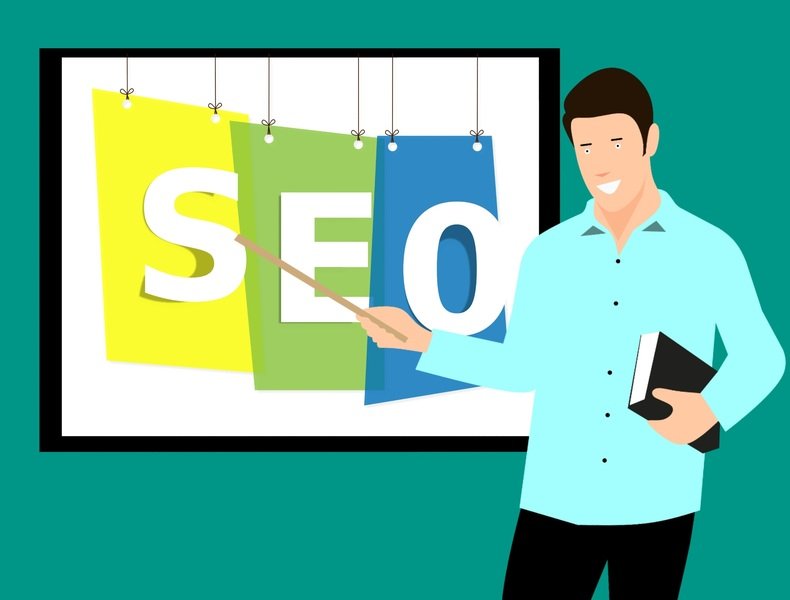
So you’re running an online business, but you’re not sure which tools you need to flourish? You’ve come to the right place! There are hundreds of digital tools to help your online business grow, but who has the time to sift through all of them to find the best ones?
We’ve done the work for you in order to bring you this great list of seven must-have tools for your online business. Whether you’re a small startup or a large online retailer, these tools are a necessity for running an eCommerce operation.
1. Analytics
If you’re not using an analytics tool for your website, you’re already falling behind. Traffic is what drives your sales, keeps people visiting your site, and brings about new visitors to the site. Do you know how much web traffic you have each month? Where it comes from? Where your leads are/how you can reach them?
Google Analytics is a tool that many websites use to keep track of this information and can help you make more informed decisions regarding marketing and web design. You’ll know if you should be investing more into your online marketing efforts, which methods might produce the best results, and which websites are sending people to yours.
2. A Good Website
Speaking of websites, a good website is probably the most important tool for your online business. This should be a given, right? You’d be surprised by how many businesses don’t have a professional website under their belt. Your website acts as a landing page for your brand, and, in the case of eCommerce businesses, the point of sale for the products themselves.
If you don’t have a functional and aesthetically-pleasing website, you’re jeopardizing your potential relationship with future customers. Let’s be honest; would you continue to a website that loaded slowly, was filled with obnoxious graphics, or didn’t seem secure? Probably not!
Be sure you’re paying a designer to get you the best website possible for your brand. After all, the site is essentially your storefront, so you’ll want to make a great impression.
3. HubSpot
Hubspot is a tool for building better relationships with customers and turning leads into paying customers. This inbound marketing tool is trusted by thousands of businesses nationwide, and the Hubspot CRM is 100% free. You can upgrade as you go, getting the best version of the Hubspot software as your business starts to bring in more sales and profit.
Hubspot isn’t just another tool, either. It boasts over seven million monthly visits on its blog pages, 2.6 million social media followers, 150+ user groups, and over 400 potential integrations with other services and software.
If you’re looking for a great way to turn leads into sales and up your marketing game, HubSpot is the way to go.
4. Yoast/WordPress
Yoast is an SEO optimization tool that integrates seamlessly with the WordPress web editing tool. WordPress is one of the most popular web design tools available, as it can integrate with POS software, publish blogs, and integrate with SEO software like Yoast for a more productive blog experience.
Having an SEO-optimized blog on your website can draw ten times more people to your site than just publishing social media posts. SEO optimization ensures that your posts appear higher up in the search engine results, which makes it more likely that your links will be clicked.
Your site will become synonymous with specific keywords, which will help drive traffic, and therefore, your sales. The more people reading your blog, the more likely you are to turn those readers into paying customers.
5. Hootsuite
When it comes to social media, an eCommerce business has no choice but to participate. Social media is the world’s most effective marketing tool if you know how to use it. Hootsuite is a social media management tool that helps business keep their social media accounts up to date.
You’ll be able to stay logged into all of your accounts via Hootsuite, so you can simultaneously update each page via the software. You can also schedule posts so you don’t have to worry about deadlines or missing important events.
6. POS Software
Today’s POS software is secure, effective, and makes the checkout process that is much more convenient for your customers. Having your eCommerce site equipped with the latest POS technology can actually attract more customers. Think of it this way: if you’ve got two stores that sell the same products for the same prices, but one company’s checkout process is faster and more secure, which company would you choose?
There are hundreds of POS options available online, and some are specifically designed for eCommerce applications. You’ll find that aside from just processing payments, your POS software can also track inventory, integrate with bookkeeping software, and even help with marketing efforts.
7. Project Management Software
If you’re running an eCommerce store, you’ve likely got a team behind you that handles web copy, advertising, fulfilling orders, and more. In order to keep your team motivated, organized, and efficient, you’ll want to use project management software.
This software allows you to set tasks, due dates, allocate resources, and even communicate with the team within the software itself. The more organized your team is, the more organized and successful your online business will be.
Source: South Florida Reporter





















